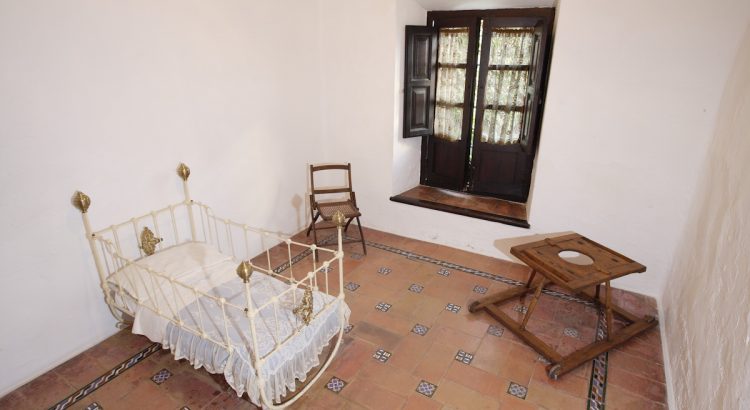Federico García Lorca came into the world in the house at number 4 Trinidad Street in Fuente Vaqueros (today Federico García Lorca Street) at “twelve o’clock at night” on June 5, 1898 and was baptized six days later with the name of Federico del Sagrado Corazón de Jesús (Federico of the Sacred Heart of Jesus). […]
Lorca´s routes
Lorca’s family home in Valderrubio
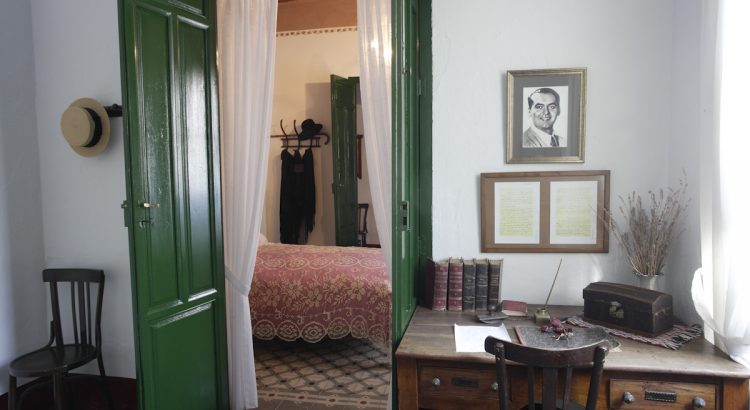
The García Lorca family moved from Fuente Vaqueros, the village where three of the couple’s children were born (Federico, Francisco and Concha; Isabel would come into the world in Granada in 1909) to Asquerosa (Disgusting) in 1906. They first lived, for a short time, in a house in Ancha Street, next to the parish church, […]
Huerta de San Vicente
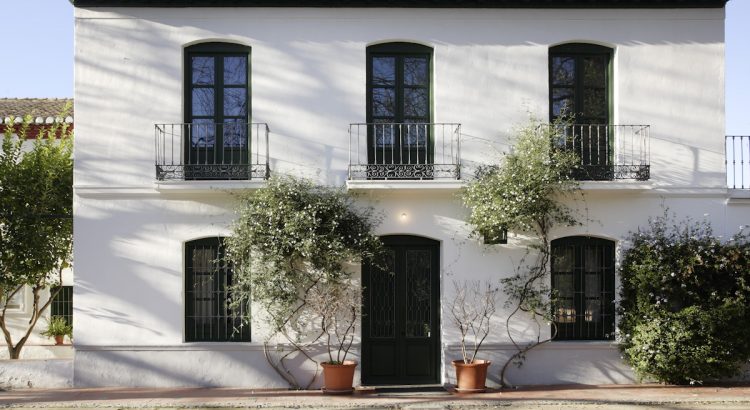
Federico García Lorca’s main residence in Granada was the Huerta de San Vicente (San Vicente Farmhouse), the country house where the family spent every summer from 1926 onwards; the place where works such as Yerma, Blood Wedding, the Gypsy Ballads, Doña Rosita the Spinster, The Public or Once Five Years Pass, among others, were written or […]
Federico García Lorca Center
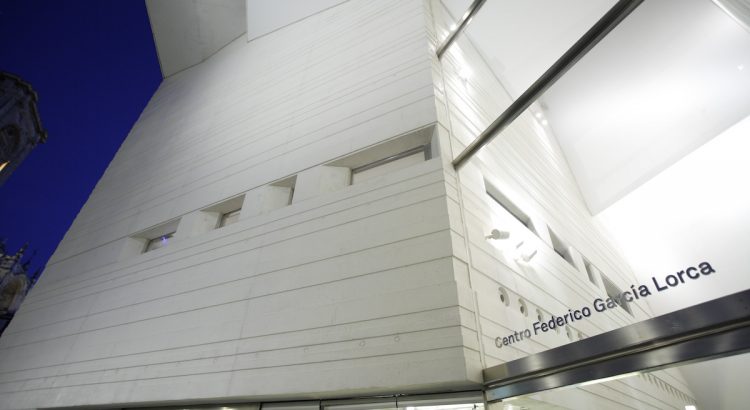
The Federico García Lorca Center is a cultural institution devoted to research on the life and work of the poet from Granada, as well as to the dissemination of his literary production. The main objective that justified its construction was to preserve the poet’s legacy from the García Lorca Foundation, presided over by the poet’s […]
Manuel de Falla´s House in Antequeruela street
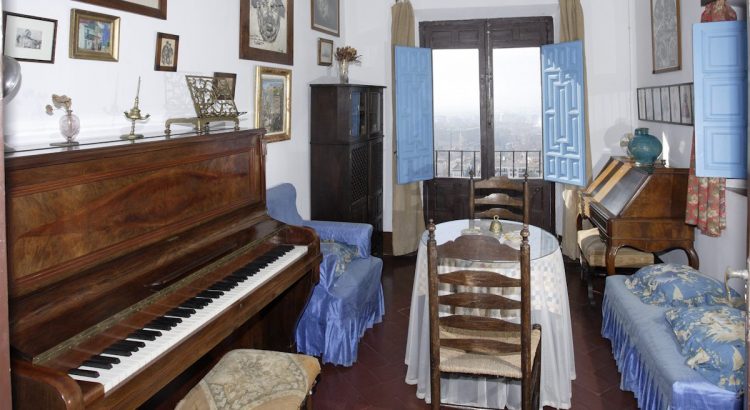
Manuel de Falla´s House in Antequeruela street (Carmen de la Antequeruela), in the grounds of the Alhambra, the modest house chosen by Manuel de Falla to live in Granada after several attempts that failed to find a stable apartment, became one of the secret centers of European cultural life in the 1920s and 30s and […]
House of Bernarda Alba
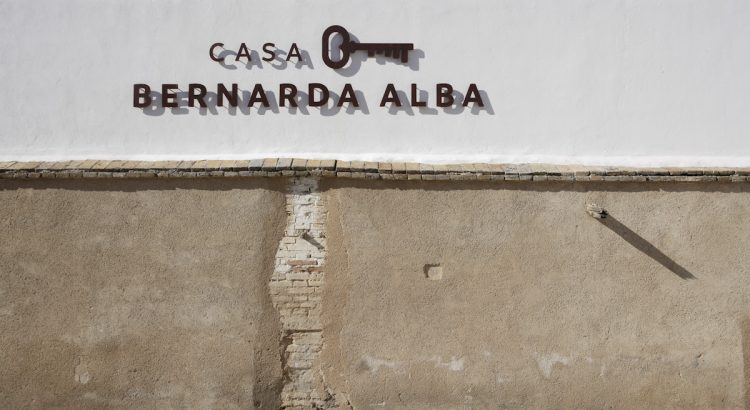
The house where Francisca Alba Sierra, Fraquista Alba, lived with her family and where Lorca was inspired for his famous tragedy The House of Bernarda Alba, premiered in 1945 in Buenos Aires by the company of Margarita Xirgu, is located on Real Street (formerly Ancha Street) in Valderrubio and has been weighed down by the […]
Plaza de los Aljibes
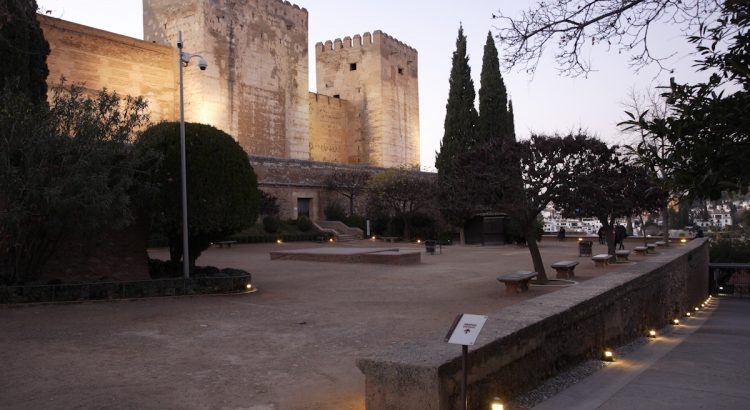
Plaza de los Aljibes in the Alhambra and its portentous viewpoint, scene of the 1922 Flamenco Song Contest, was a space built after the Christian annexation in 1492. Its name comes from the huge tanks that filled the gap between La Alcazaba and the Nasrid Palaces and served to ensure the water supply in the […]
Barranco de Víznar
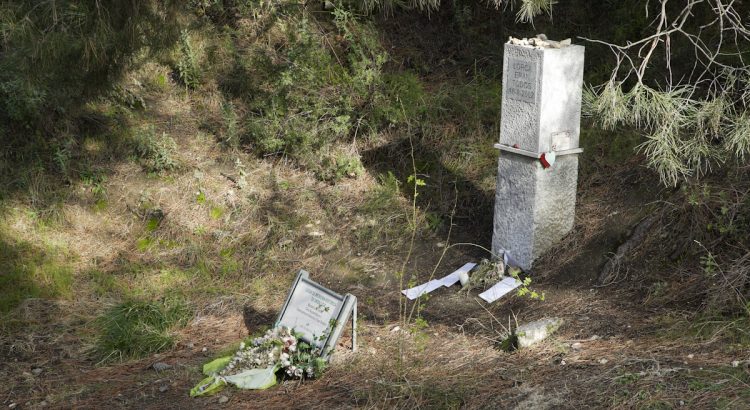
Barranco de Víznar (Víznar Ravine) is a sloping edge of about 10,000 square meters that descends on a sharp and shady curve of the road between Alfacar and Víznar, declared a Place of Memory. It is an area covered by thick pine forests of repopulation, which allowed to cover up the graves after the mass […]
Federico García Lorca Park in Alfacar
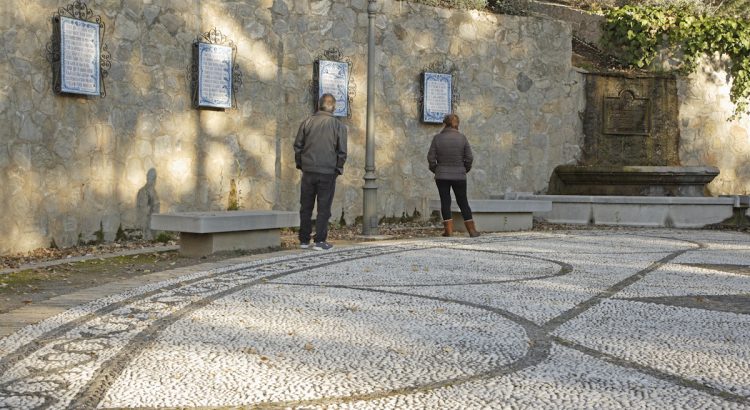
The Federico García Lorca Park in Alfacar (Granada) was inaugurated in 1986 by the Diputación de Granada to pay tribute to the poet in the place where he was killed along with his three companions of execution (the banderilleros Francisco Galadí and Joaquín Arcoyas, and the teacher from Pulianas Dióscoro Galindo) and to remember all […]
Federico García Lorca Research Center in Fuente Vaqueros
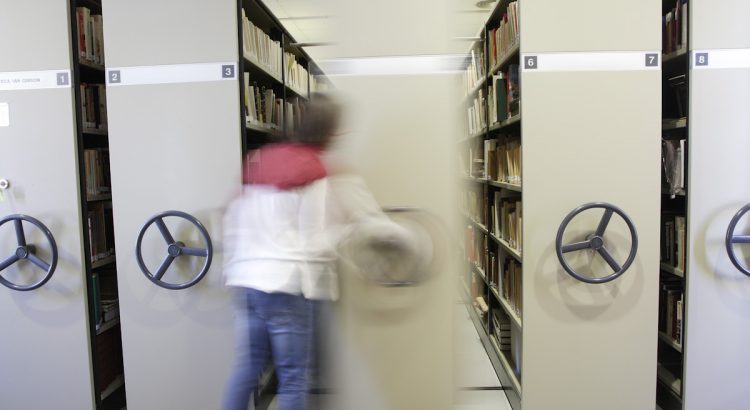
The Centro de Estudios Lorquianos (Federico García Lorca Research Center) in Fuente Vaqueros is an extension of the Patronato Federico García Lorca (FGL Cultural Board), whose aims are: • Conservation and making available the documentary and bibliographic heritage to investigators. • Dissemination of the work and life of Federico García Lorca, with a permanent program […]
Cortijo Daimuz
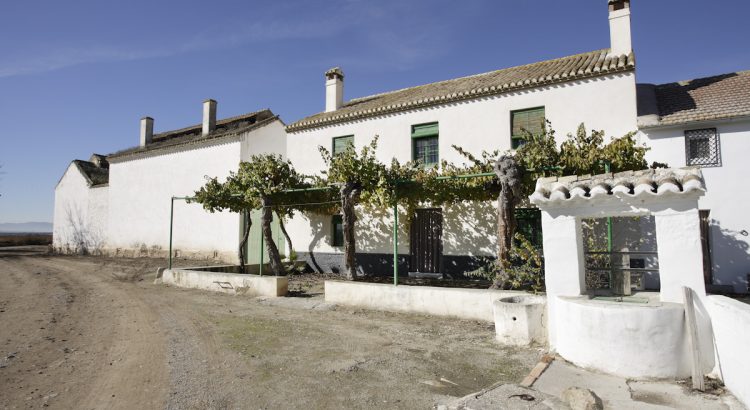
The farmhouse and the Daimuz Bajo estate, in the Valderrubio valley but belonging to the municipality of Pinos Puente, are linked to Federico García Lorca by two apparently contradictory facts: first, it was the place where the definitive enrichment of his father took place, and, second, the almost sacred territory where the “first artistic amazement” […]
Sanctuary of the Cristo del Paño of Moclín
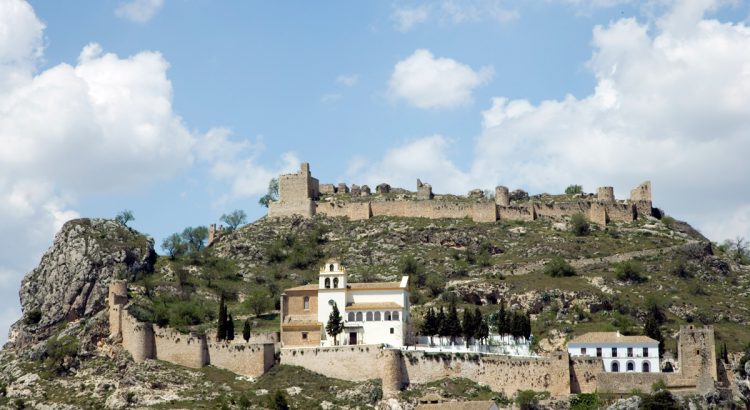
The church of the Encarnación in Moclín, where the shrine of Cristo del Paño is located, is linked to a major work by Federico García Lorca, Yerma, and to The pilgrimage of the cuckolds, a ballet by Gustavo Pittaluga based on a verbal argument by Lorca and Cipriano Rivas Cherif which was premiered on 9 […]
